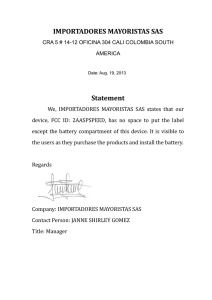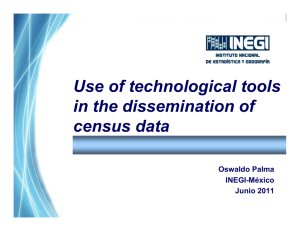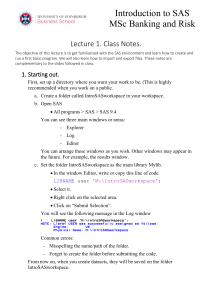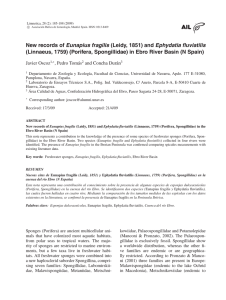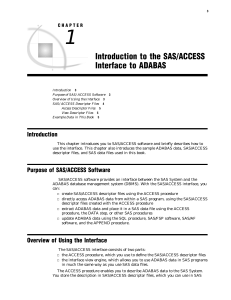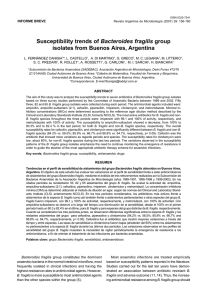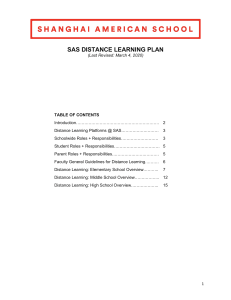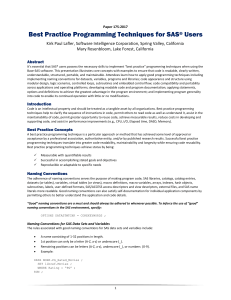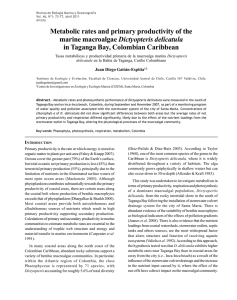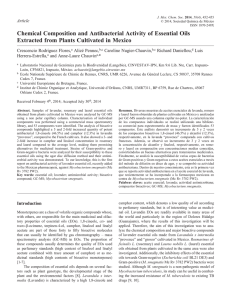Accumulation and effects in Salix fragilis of an antibacterial
Anuncio
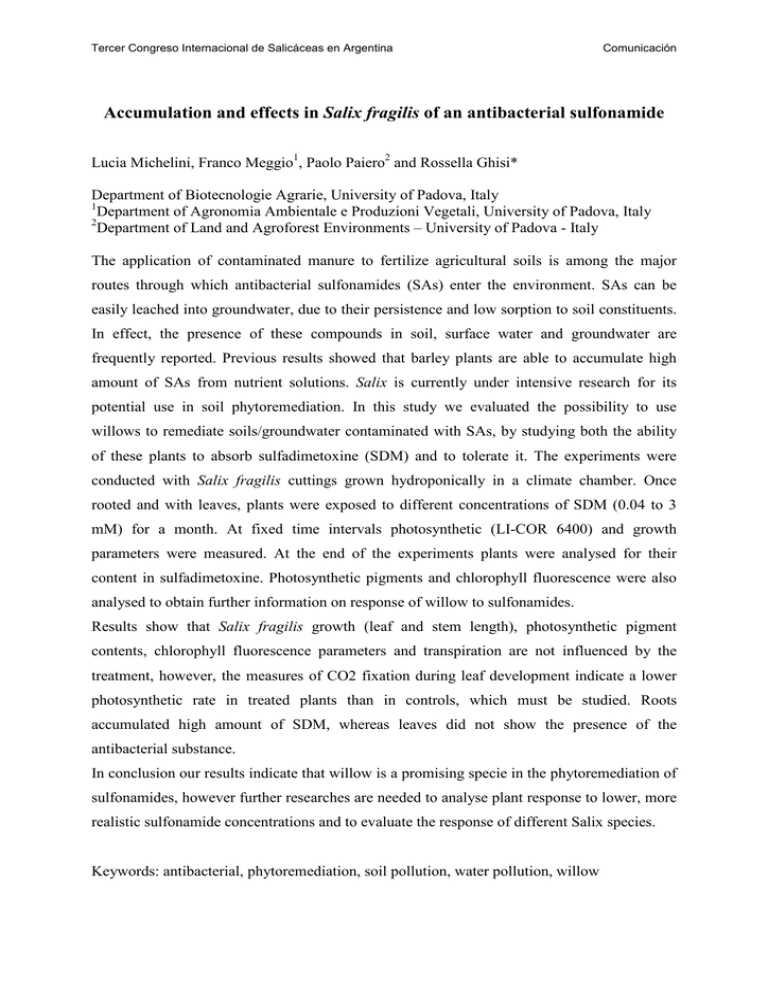
Tercer Congreso Internacional de Salicáceas en Argentina Comunicación Accumulation and effects in Salix fragilis of an antibacterial sulfonamide Lucia Michelini, Franco Meggio1, Paolo Paiero2 and Rossella Ghisi* Department of Biotecnologie Agrarie, University of Padova, Italy 1 Department of Agronomia Ambientale e Produzioni Vegetali, University of Padova, Italy 2 Department of Land and Agroforest Environments – University of Padova - Italy The application of contaminated manure to fertilize agricultural soils is among the major routes through which antibacterial sulfonamides (SAs) enter the environment. SAs can be easily leached into groundwater, due to their persistence and low sorption to soil constituents. In effect, the presence of these compounds in soil, surface water and groundwater are frequently reported. Previous results showed that barley plants are able to accumulate high amount of SAs from nutrient solutions. Salix is currently under intensive research for its potential use in soil phytoremediation. In this study we evaluated the possibility to use willows to remediate soils/groundwater contaminated with SAs, by studying both the ability of these plants to absorb sulfadimetoxine (SDM) and to tolerate it. The experiments were conducted with Salix fragilis cuttings grown hydroponically in a climate chamber. Once rooted and with leaves, plants were exposed to different concentrations of SDM (0.04 to 3 mM) for a month. At fixed time intervals photosynthetic (LI-COR 6400) and growth parameters were measured. At the end of the experiments plants were analysed for their content in sulfadimetoxine. Photosynthetic pigments and chlorophyll fluorescence were also analysed to obtain further information on response of willow to sulfonamides. Results show that Salix fragilis growth (leaf and stem length), photosynthetic pigment contents, chlorophyll fluorescence parameters and transpiration are not influenced by the treatment, however, the measures of CO2 fixation during leaf development indicate a lower photosynthetic rate in treated plants than in controls, which must be studied. Roots accumulated high amount of SDM, whereas leaves did not show the presence of the antibacterial substance. In conclusion our results indicate that willow is a promising specie in the phytoremediation of sulfonamides, however further researches are needed to analyse plant response to lower, more realistic sulfonamide concentrations and to evaluate the response of different Salix species. Keywords: antibacterial, phytoremediation, soil pollution, water pollution, willow Tercer Congreso Internacional de Salicáceas en Argentina Comunicación *presenting author, Department of Biotecnologie Agrarie, University of Padova, Viale dell'Università 16, 35020 Legnaro (PD), ITALY, Tel +39 049 8272910 [email protected]
